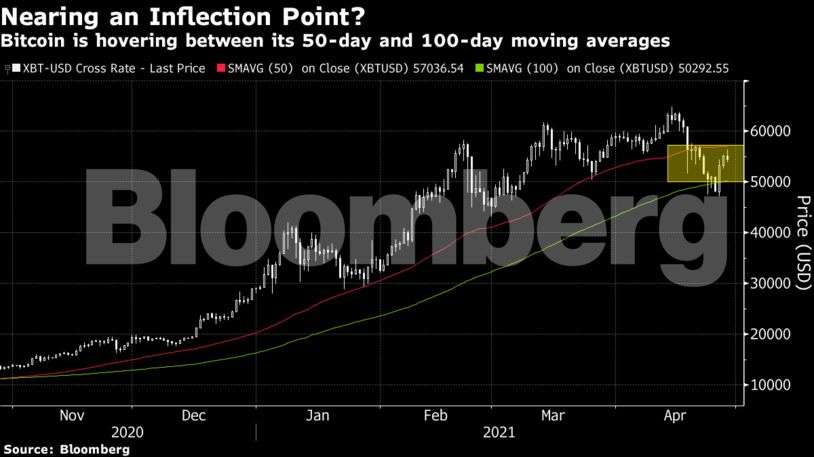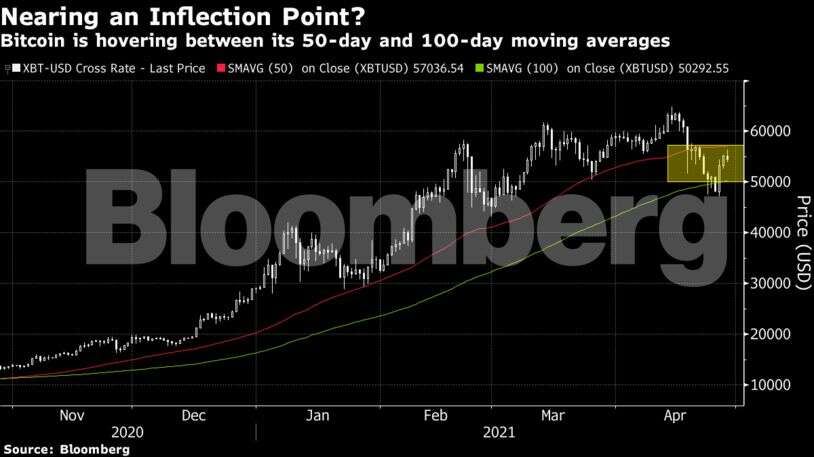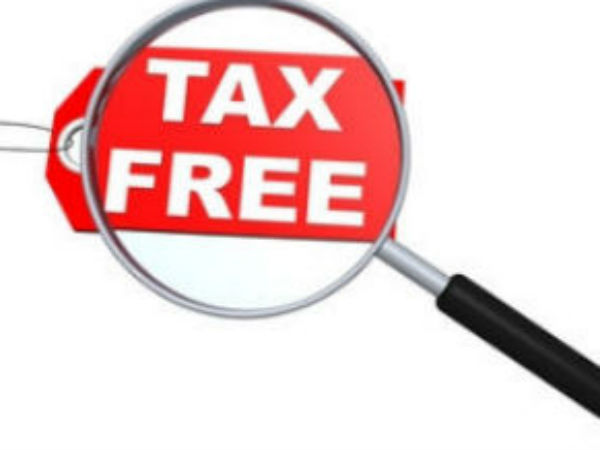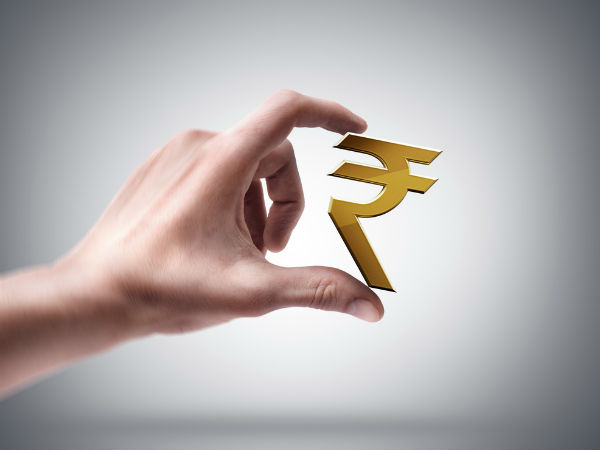BL Research Bureau
IndiGrid Trust (IndiGrid), a power sector infrastructure investment trust (InvIT), is offering redeemable Non-convertible debentures (NCD) to the public from April 28 and will close on April 30, 2021.
The company is offering NCDs for 3-, 5-, 7- and 10-year timeframes with only non-cumulative option. The rates of interest offered for these time periods are 6.75 per cent, 7.6 per cent, 7.9 per cent and 8.2 per cent per annum respectively. These rates are in case of NCDs with annual interest pay-out schemes. The company also offers quarterly coupon payment option for 7- and 10-year NCDs, in which case the applicable interest rates are 7.69 per cent and 7.97 per cent respectively.
If you are a unitholders of the Trust as on the date of allotment, an additional incentive will be paid at the rate of 0.05 per cent, 0.10 per cent, 0.15 per cent, and 0.20 per cent per annum for 3-,5-,7- and 10-year NCDs respectively.
The amount required to be invested in each case is a minimum of ₹10,000 (10 NCDs), and in multiples of ₹1,000 thereafter. The NCDs in this issue are secured debentures. To put that in perspective, the claims of the NCD Holders shall be superior to the claims of any unsecured creditors of the company, subject to conditions.
The NCDs are proposed to be listed on BSE and NSE.
Oversubscribed?
The overall NCD issuance of ₹100 crore from IndiGrid has been oversubscribed by about 21 times. Amongst this, the retail category – where bids are for an amount not more than ₹2,00,000 – has been subscribed 9.7 times, at the time of publishing this.
The greenshoe option – option to retain over-subscription amount- of ₹900 crore allows total subscription under each category to go up to ten times.
Thus, retail investors still have an option to apply for the company’s NCD issue.
The allotment of the NCD is based on first come first serve basis. However, in case of over-subscription, full allotment of the NCDs to the applicants on a first come first basis will be made up to the date prior to the date of over-subscription and proportionate allotment thereafter.
Look before you leap
The interest rates on NCD offer from IndiGrid across timeframes is mixed compared to most of the debt options in the market now. These are higher than the rates of interest being offered by the banks for fixed-deposits (FDs) of 3-5 years and 5-10 years, which are in the range of 5.1-6.7 per cent and 5.4 to 6.7 per cent respectively, however it is not very attractive versus other debt investment options.
IndiGrid has obtained ‘AAA’/Stable rating from rating agencies – India Ratings and CRISIL. This rating implies that the company has high credit quality and low credit risk. The NCD interest rates offered on 3- and 5- year tenure is mixed compared to one of the top NBFCs (Non-Banking Financial Company) corporate Fixed deposits (FDs) with similar rating– Bajaj Finserv. This FD for a tenure of 36-60 months, offer an interest rate of 7 per cent for annual interest pay-out option. Compared to Indigrid’s NCD issue, the FD is attractive for 3-year tenure but not for 5-year’s.
Also some of the Small Finance Banks (SFBs) offer interest rates in the range of 6.25 per cent to 7.25 per cent in the three to five year deposits. While, these rates are slightly lower than what the NCD offers, it is commensurate to the risk as SFB deposits are covered by the Deposit Insurance and Credit Guarantee Corporation of India. Each depositor is insured up to ₹5 lakh for both principal and interest, while the NCDs are not.
Further, at 6.8 per cent, government-backed NSC (National Savings Certificate) offers a better return than the IndiGrid’s 5-year NCD, for those under the old tax regime. Tax benefits on initial investment of up to Rs 1.5 lakh and on the interest when reinvested under 80C, will imply an even higher yield, which makes NSC more attractive.
However, these rates are higher than those offered by listed NCDs in the secondary market with similar rating. For instance, AAA rated taxable bonds such as Tata Capital Finance and NTPC with residual maturity of 6.35 years and 3.93 years has YTM (yield to maturity) of 6.79 per cent and 5.67 per cent respectively.
In case of 7-year time frame, Floating Rate Savings Bonds, 2020 (Taxable) is a comparable product. Interest rate on this instrument is 35 basis points above the NSC rate and thus, currently offers 7.15 per cent. Though, it currently looks lower than the offer by IndiGrid, as the interest rates on NSC bonds will be reset every six months, the interest rate may go up with interest rates in the economy going up.
Considering the low interest rate cycle, investors looking for some diversification, and with an appetite for risk, can invest in the three-year NCD offered by IndiGrid. Investors are recommended to park only a portion of their surplus in this as other options may come up sooner than later, considering that the interest rate cycle would be on its way up sometime in future given inflation concerns in global and domestic markets . The differential between rates offered on bank FDs and other AAA rated corporate /NBFC deposits vis-à-vis IndiGrid’s NCD may narrow down going ahead. Hence, you are likely to get opportunities to reinvest the money you now put in the three-year NCD, in less risky instruments at attractive rates down the line.
About the company
India Grid Trust (IndiGrid) is the country’s first listed power sector infrastructure investment trust (InvIT), set up in 2016. Sponsored by the global investment firm KKR and private power transmission company Sterlite Power Transmission, IndiGrid was set up to own and operate power transmission and renewable energy assets in India. Revenue to the company depends on the transmission systems being available for transmitting electricity, most of the time. IndiGrid has been acquiring power transmission assets at a healthy pace over the past few years. From owning five power transmission projects comprising 3,361ckm of transmission lines and 6,000 MVA of transformation capacity to start with, this has gone up to 13 operational power transmission projects comprising 7,570 ckm of transmission lines and 13,350 MVA of transformation capacity, between March 2018 and 2020. Accordingly, revenue (power transmission income) multiplied nearly 2.8 times from ₹448 crore to ₹1,243 crore during the same period. IndiGrid’s assets under management stand at about ₹20,000 crore today. The proceeds from the NCD are expected to be used for onward lending to the portfolio assets, financing and for repayment /prepayment of interest and principal of existing borrowings and for other corporate purposes.
The current consolidated debt-to-equity ratio (before NCD) stands at about 0.6 times.
The government’s focus on strengthening the country’s power transmission infrastructure should also provide ample growth opportunity for players in the Indian power transmission sector.














